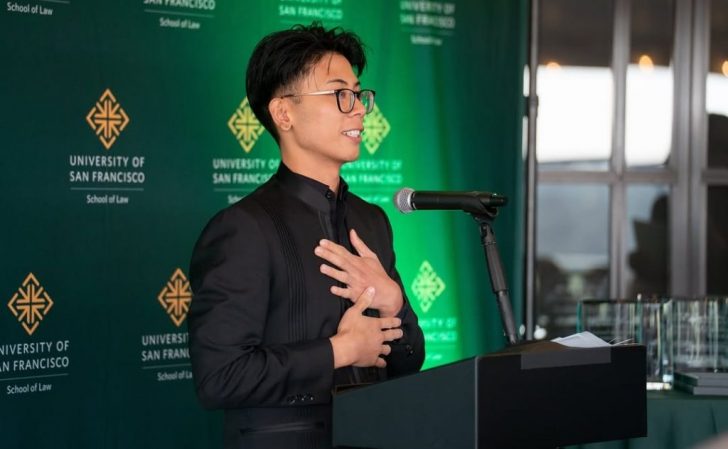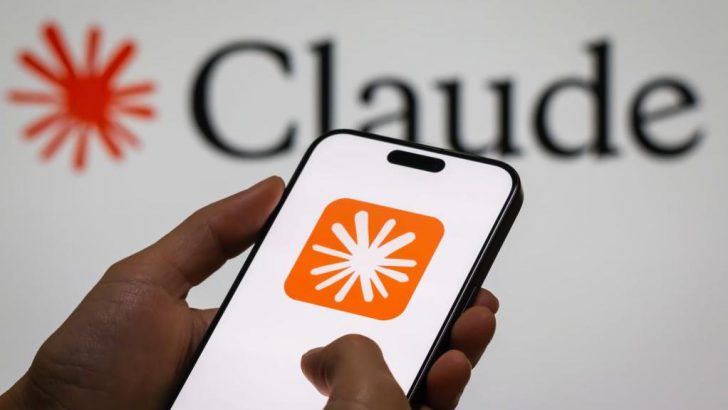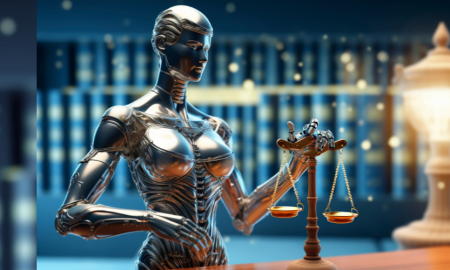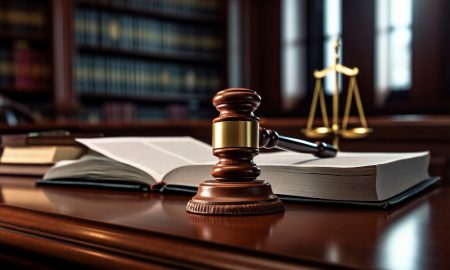
USF Law School Becomes First to Fully Embed AI in Legal Education

AI is no longer a distant tool for tech companies. At the University of San Francisco School of Law, it is now at the heart of every course and classroom. This move stands out as the first time a law school has woven AI directly into the structure of legal education.
Professors at USF are designing coursework that relies on Claude’s AI capabilities. Lectures and assignments now include prompts where students ask AI to break down evidence or generate trial strategies. This lets them compare machine-driven insights with their own, learning the strengths and blind spots of AI-supported legal reasoning.
The Evidence course shows how AI can track claims, organize facts, and pinpoint gaps in discovery. Students use Claude to simulate litigation steps, building a map of each claim element without guesswork. It teaches a practical skill: How to use AI to sharpen arguments in real time?

USF Law / Instagram / By connecting Canvas to Claude’s database, USF School of Law students can pull research directly into their discussions.
They use AI to cross‑reference readings, analyze lecture notes, and double‑check case law. This integration means legal education is no longer locked in static textbooks but linked to a living, searchable system.
Anthropic teamed with Wiley and Panopto to supply teaching materials and video content straight into AI tools. Students watch trial footage, review transcripts, and ask AI to summarize or clarify complex sections. It turns every lesson into an interactive session, where material becomes easier to explore and understand.
How Will Claude AI Help Law Students?
Claude Builder Clubs give students space to test AI applications beyond the syllabus. These groups experiment with legal drafting prompts, automated citations, and motion templates. By sharing their findings, they create a steady flow of fresh ideas that expand how AI can be used in law.
Anthropic launched a free training course that introduces AI fundamentals to students across all campuses. USF law students use this course to practice prompts, refine searches, and critique AI output. It prepares them to apply these skills immediately in class and internships.

GTN / AI is used to highlight evidence conflicts, flag missing exhibits, and suggest lines of questioning. Students feed case details into Claude and receive targeted advice on proving or defending claims.
With AI in play, students learn to anticipate evidentiary gaps before they derail a case. Claude helps them outline potential objections and plan discovery requests. This proactive approach strengthens legal instincts and shows how technology can guide better decisions early in a case.
Mock trial teams at USF now rely on AI to run scenario testing. They input witness statements and receive AI‑generated predictions of weak points. However, this is not about replacing human judgment but about giving students a sharper lens to review facts before stepping into court practice.
Students draft briefs with AI suggestions that highlight tone, clarity, and citation accuracy. They revise based on what AI proposes, then critique its limits. This ongoing back‑and‑forth improves their command of legal writing and shows them how AI can act as a responsive writing partner.
AI tools allow students to access parallel cases during debates. Instead of relying on memory, they ask Claude to surface related rulings mid‑conversation. This enriches dialogue, grounding arguments in fresh data and helping everyone see how similar issues have been resolved in different courts.
More in Law Degree
-
New York to Mail Out One-Time Inflation Rebates. Here’s the Eligibility List
New York is preparing to send out its first-ever inflation refund checks, providing financial relief to millions of residents as prices...
October 3, 2025 -
Here’s What Artists Should Know About Copyright & Its Implications
Copyright protects your art from the moment you create it. The second your drawing, painting, sculpture, or photo is fixed in...
September 27, 2025 -
Everything to Know About Vogue America’s New Editor, Chloe Malle
Chloe Malle just stepped into one of the most powerful roles in fashion media: Head of Editorial Content at Vogue America....
September 21, 2025 -
Did Barron Trump Apply to Harvard? Clearing Up the Rumors
Speculation often swirls around public figures, and in recent months Barron Trump’s college choices became part of the conversation. Questions surfaced...
September 20, 2025 -
Can You Be Naked in Texas?
The Texas public nudity law isn’t as simple as “no clothes, you are in trouble.” It all comes down to intent,...
September 13, 2025 -
Why AI Is Now a Necessity, Not a Choice, for Law Firms
Artificial intelligence is no longer a futuristic concept for the legal industry. It is steadily changing how law firms operate, not...
September 13, 2025 -
Waikiki Lifeguard Cleared in Confrontation With Notorious Criminal
On a hot day at Kuhio Beach, veteran lifeguard Christopher Kekaulike Kam stepped in when things got out of control. A...
August 13, 2025 -
Gawking at the Coldplay ‘Kiss Cam’ Affair Is Voyeurism at Its Worst!
Coldplay concerts are meant to be joyful. But during a recent show, a playful kiss cam bit turned into a public...
August 6, 2025 -
Essential Safety and Success Resources for Trans Journalists
Trans journalists go through tough spaces every day. In a field that often tests your limits, knowing where to turn for...
July 30, 2025














